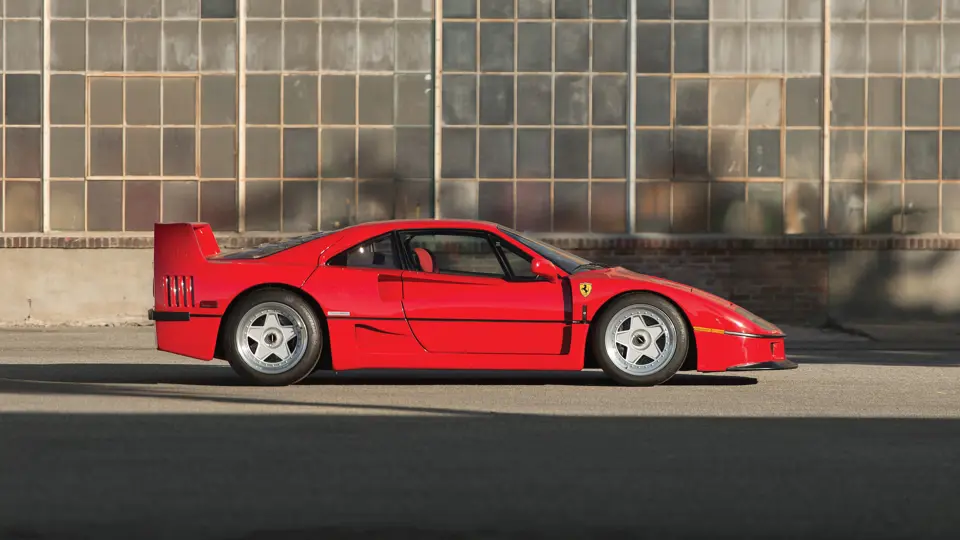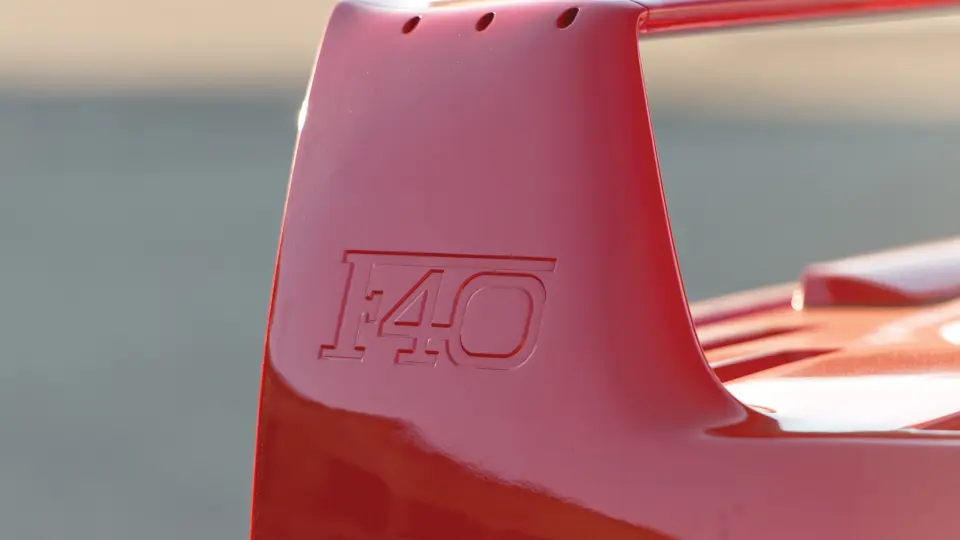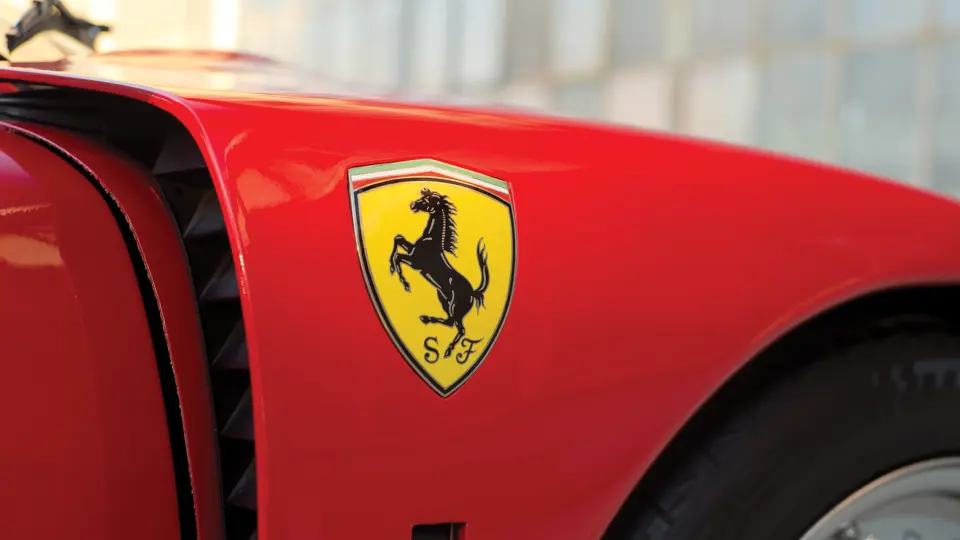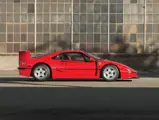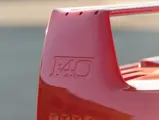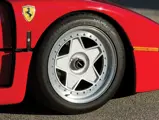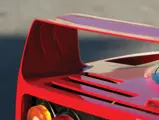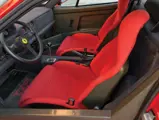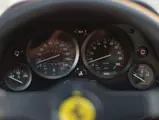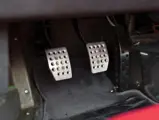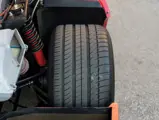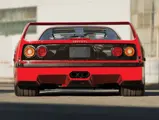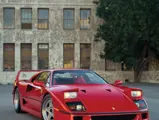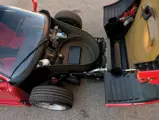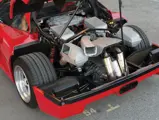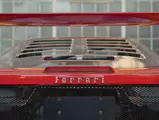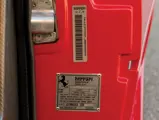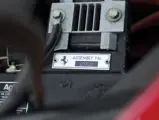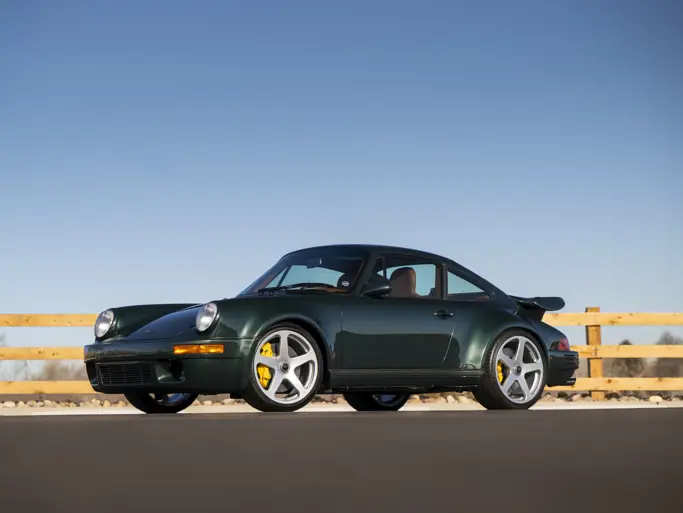478 bhp, 2,936 cc DOHC twin-turbocharged V-8 engine with Weber-Marelli fuel injection, five-speed manual transmission, independent front and rear double-wishbone suspension, and four-wheel disc brakes. Wheelbase: 96.5 in.
CELEBRATING FERRARI’S 40TH WITH 200 MILES PER HOUR
In 1987, not only was Ferrari approaching its 40th birthday, but it was also engaged in a supercar war with rivals Lamborghini and Porsche. Lamborghini’s Countach took the world by storm with its radical styling and incredible performance, making it the poster-child of a generation. Adding fuel to the fire, Porsche introduced the 959 in 1986. The car was laden with many technological firsts for the automotive industry, and it was also capable of a blistering 197 mph, making it the world’s fastest road car. Of course, Ferrari would not let this stand; they needed something to silence the naysayers and write itself back into the record books. Ferrari’s F40, developed from the 288 GTO Evoluzione, punched through an automotive barrier that had remained untouched, as it not only bested the 959’s top speed, but it also broke 200 mph in the process, achieving a top speed of 201.4 mph.
Unlike the 959, the F40 went about achieving 200 mph in a completely different fashion. Instead of using cutting-edge technology and loading the car down with modern-day conveniences, Ferrari, as per usual, turned to their Formula One team for inspiration and stuck with the tried-and-true formula of “less is more” in order to make the F40 as lightweight as possible. In terms of the F40’s chassis, the track dimension of the 288 GTO’s chassis was widened and a fresh steel-tube frame was reinforced with an extensive use of carbon fiber, making the platform significantly lighter than its predecessor. When stripped out for racing, Ferrari was able to save a few further precious grams. The F40 had no carpet, utilized door pulls instead of traditional handles, and could be ordered with roll-up or fixed windows (installing power-operated windows was simply out of the question). As a result of these fanatical weight-saving measures, the F40 tipped the scales at a feather-light 2,400 pounds, paving the way for a powerful engine to rocket it into the annals of automotive history.
The F40’s engine was based on the 288 GTO’s twin-turbocharged V-8, but it was bored to displace nearly three liters. Following some additional tuning, the engine could produce 478 brake horsepower, making it the most powerful road going Ferrari to date. This engine, combined with its lightweight nature, made the F40’s performance figures just as incredible as its top speed. A sprint from 0 to 60 could take just 3.8 seconds, and the car could be powered onwards to a quarter-mile time in 11.8 seconds. Braking was equally impressive, and the F40 could bring itself to a stop from 60 mph in just 119 feet, if necessary.
Production of the F40 was originally planned for just 400 units, and even with a list price of roughly $400,000, which was an astronomical price for a car at that time, many traded hands for much more than that when new. As a result of the car’s desirability, massive demand pushed total production numbers to 1,311, all of which would be in left-hand drive and bathed in classic Rossa Corsa paint. Of those examples, only 213 were delivered new to the United States, making Ferrari’s ultimate road going machine even rarer in their largest market.
Adding to its overall historical importance, the F40 was the last car to receive the blessing of Enzo “Il Commendatore” Ferrari before his passing. Enzo had envisioned the car as an ideal way for the company to celebrate its 40th anniversary, as it would both promote all it had accomplished in its short history as well as highlight its plans for making the next 40 years just as exciting as its last. As such, the F40 signaled the end of an era for one of the most iconic marques in automotive history.
THIS F40
This particular F40, chassis 86954, was produced in 1990 and delivered new to its first owner by Shelton Ferrari of Florida on January 2, 1991. Since then, it has been very well cared for in the custody of a handful of owners, receiving service only through authorized Ferrari dealerships. It is currently residing with a collector based in Southern California, and it is in absolutely superb condition, showing just over 5,300 miles from new. Furthermore, it has been recently upgraded with a desirable Tubi exhaust system. This F40 also bears Ferrari Classiche certification, which confirms its incredible level of factory correctness. The Classiche certification binder, along with all books, tools, a car cover, and a battery tender, is included with the sale of the car. Prior to the sale, the car was fully serviced by The Auto Gallery to ensure that it in in running order, and receipts from this work are included with the sale.
The F40 is a back-to-basics supercar, and it is without a doubt one of the most visceral experiences one can have on four wheels. This car is surely not for the faint of heart, as it is the perfect automobile for someone looking to experience a car that demands 100 percent of the driver’s attention, 100 percent of the time. Over 25 years after it was first produced, it can still easily hold its own against modern performance cars on a race track, highlighting just how incredible a car it was when it was introduced.
The F40 is a car worthy of any collection, and one that begs to be cherished and driven as its creators intended. This particular example, highlighted by its low mileage, Classiche certification, and impeccable condition, is nothing short of superb, and it will certainly please the most discerning of collectors.
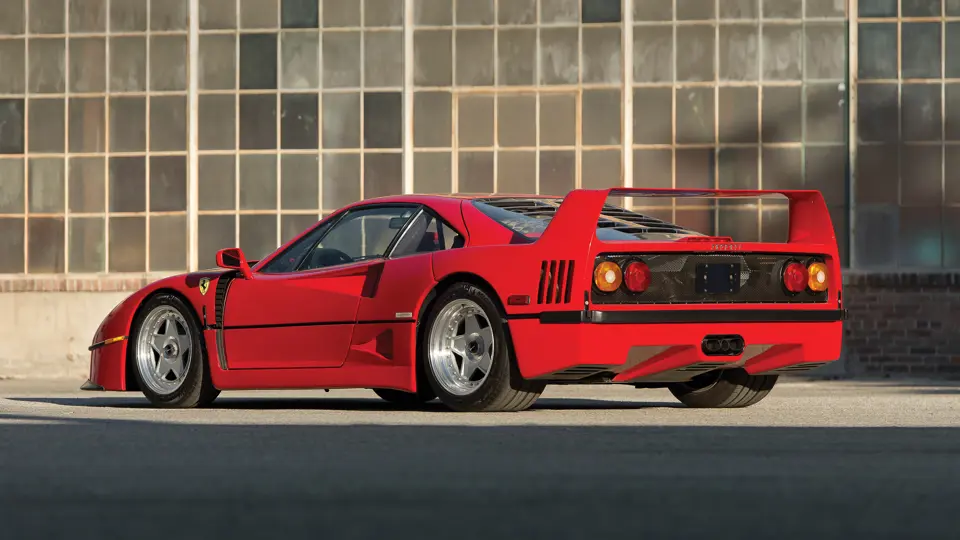

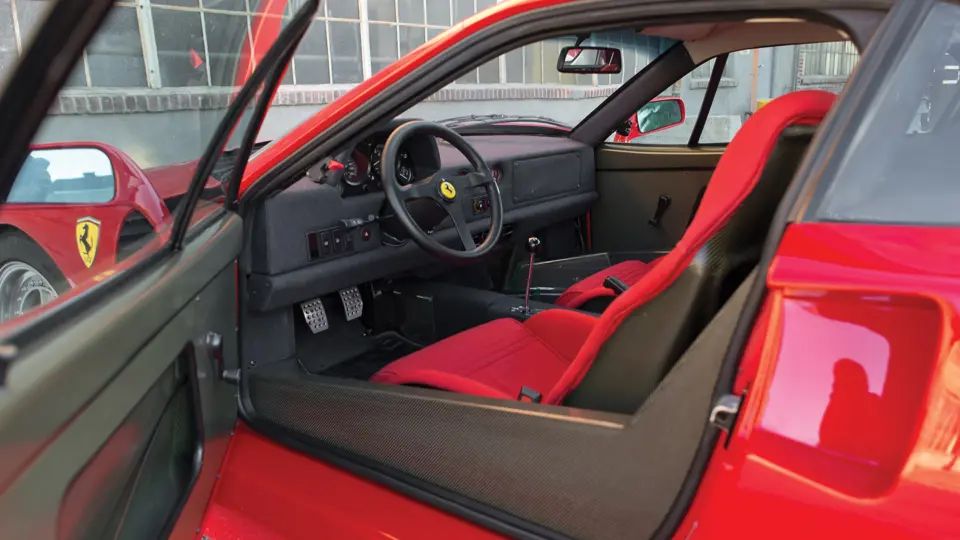

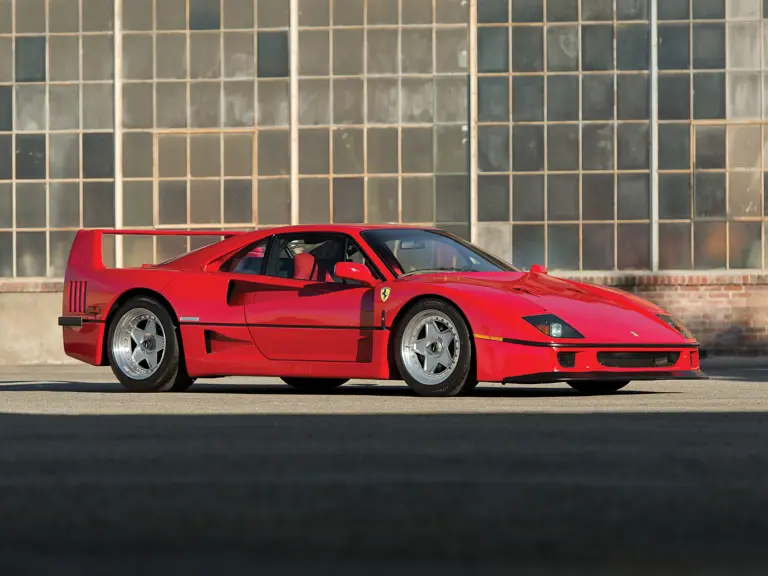
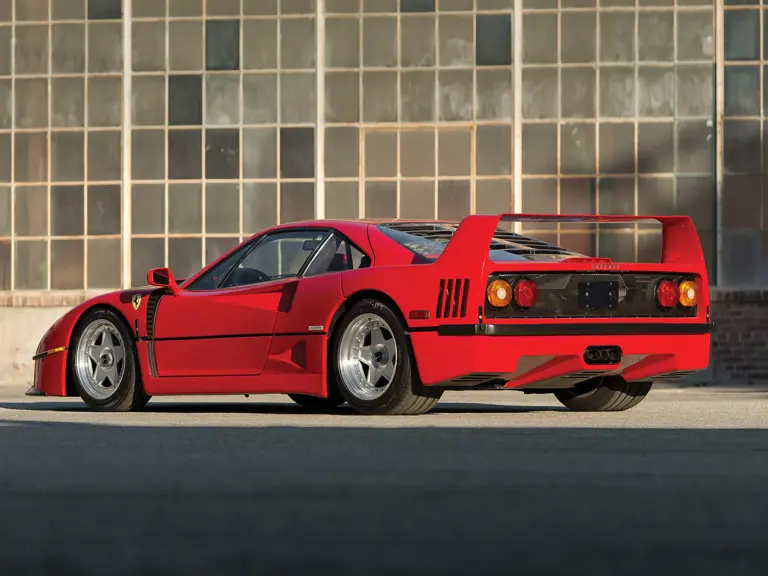
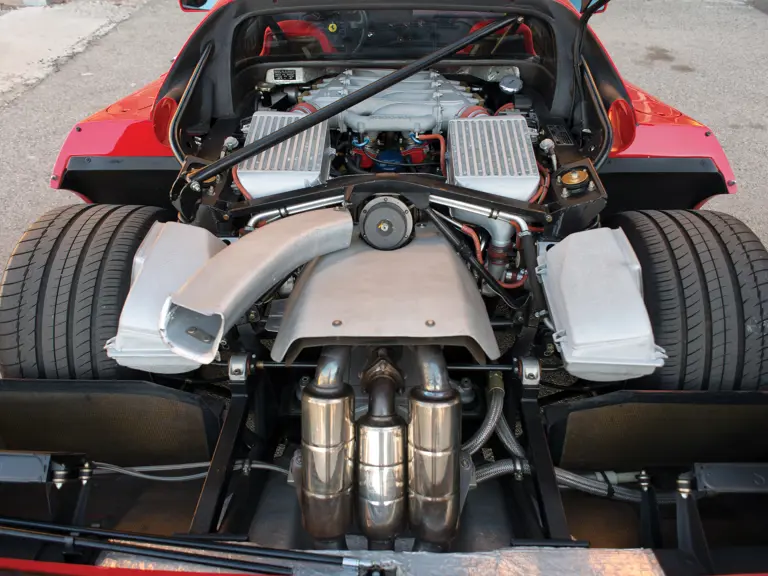
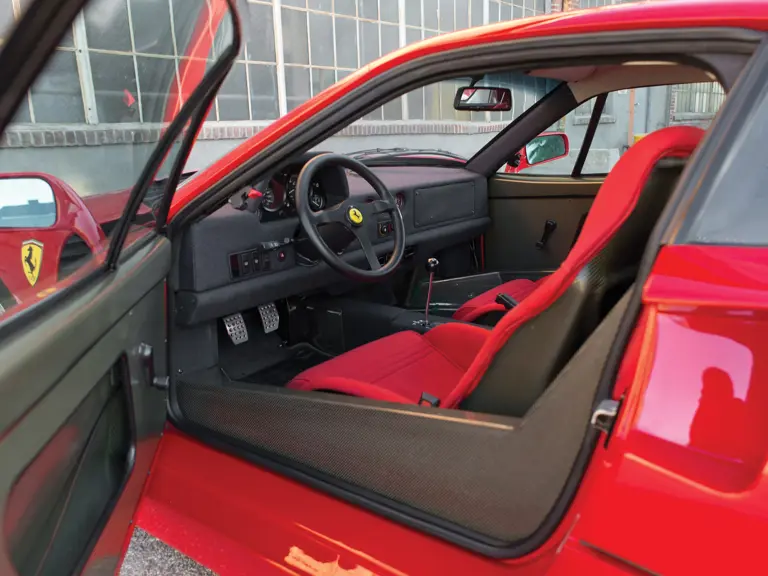
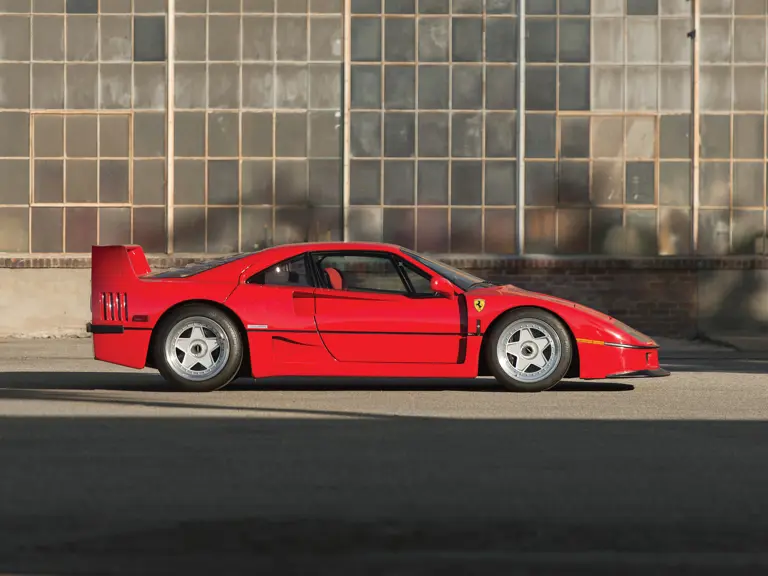
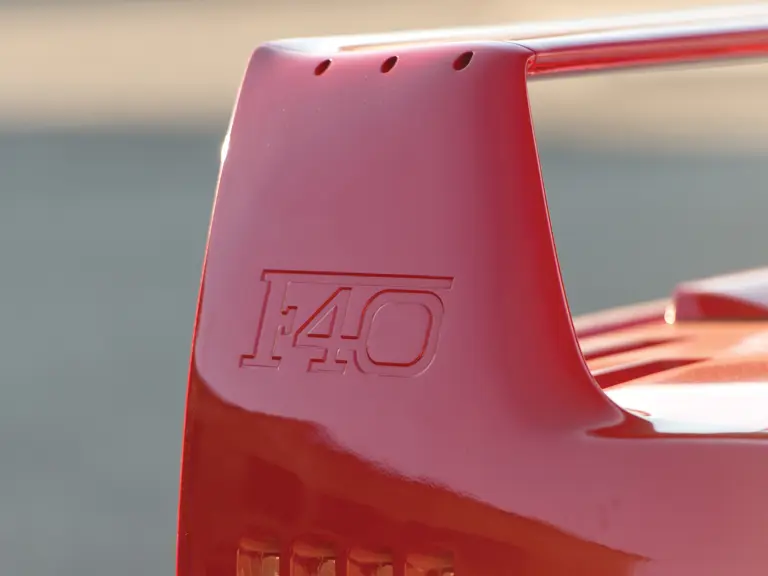
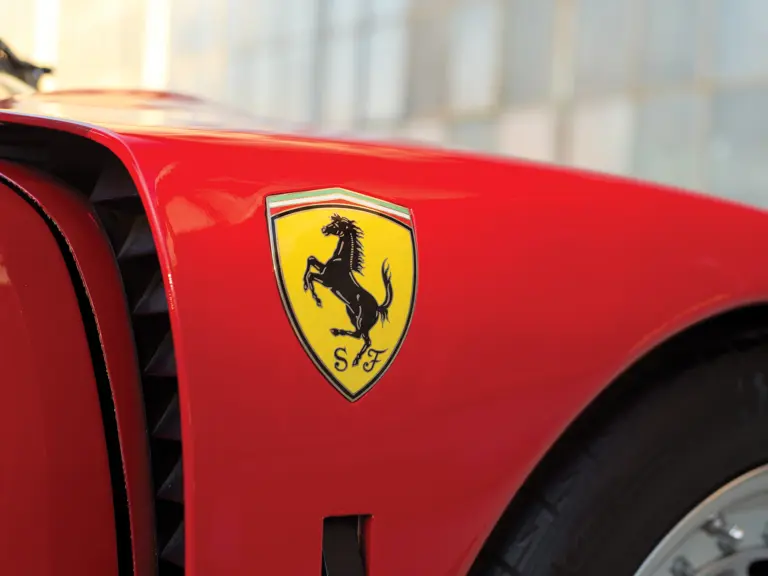

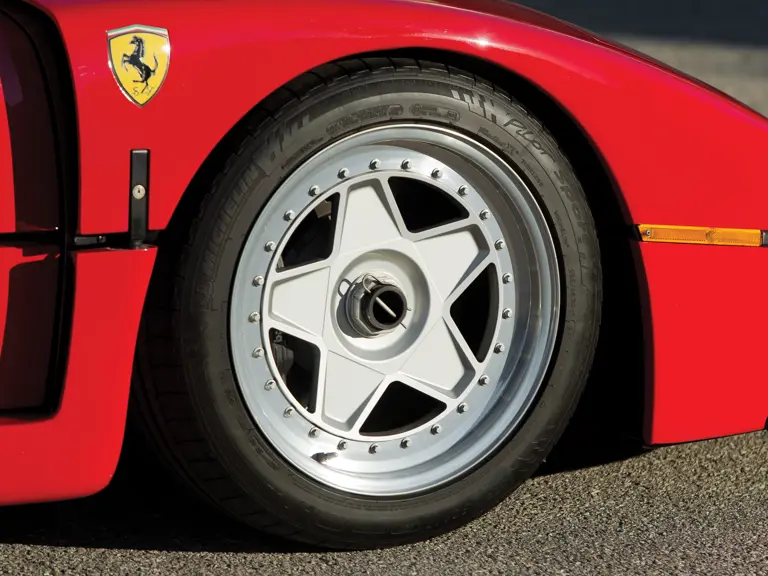
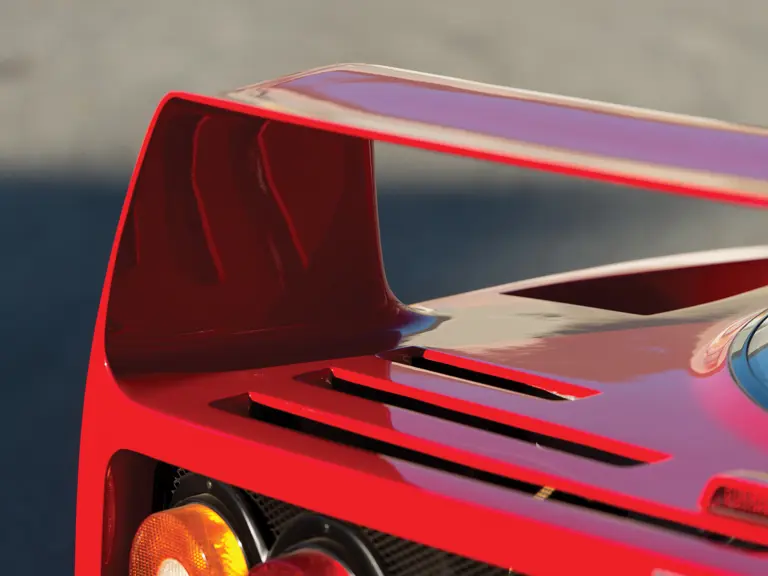
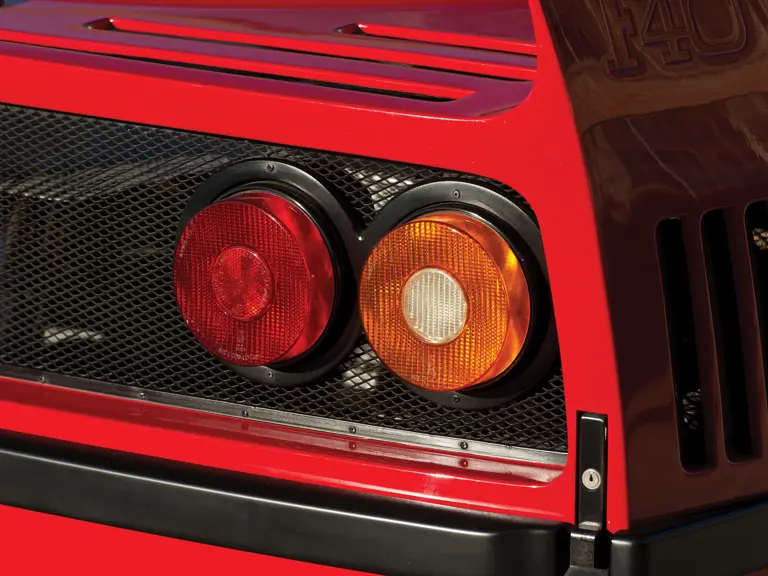
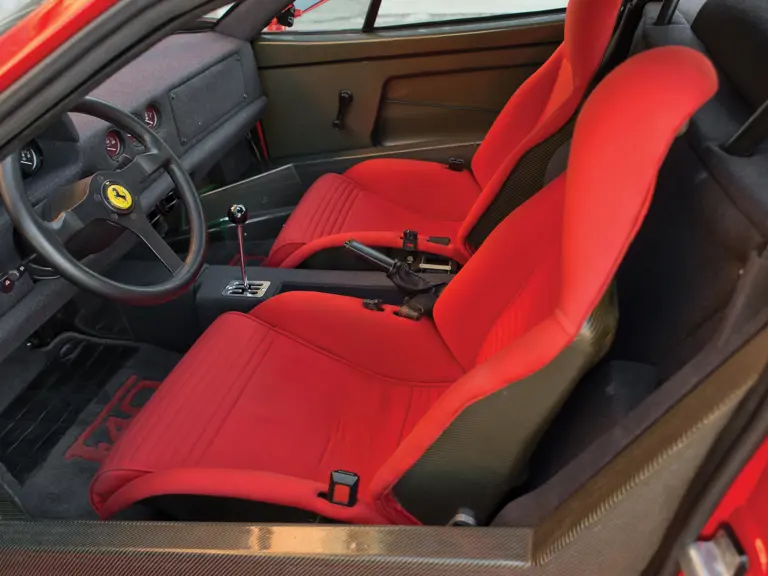
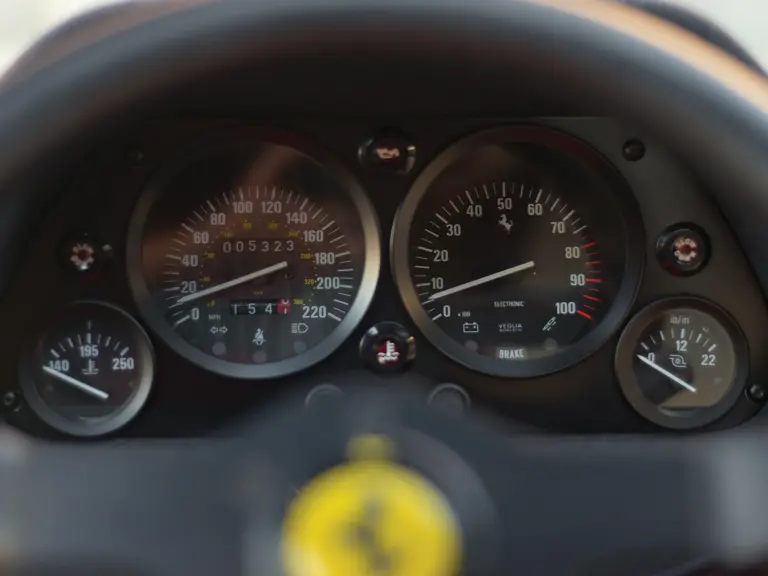
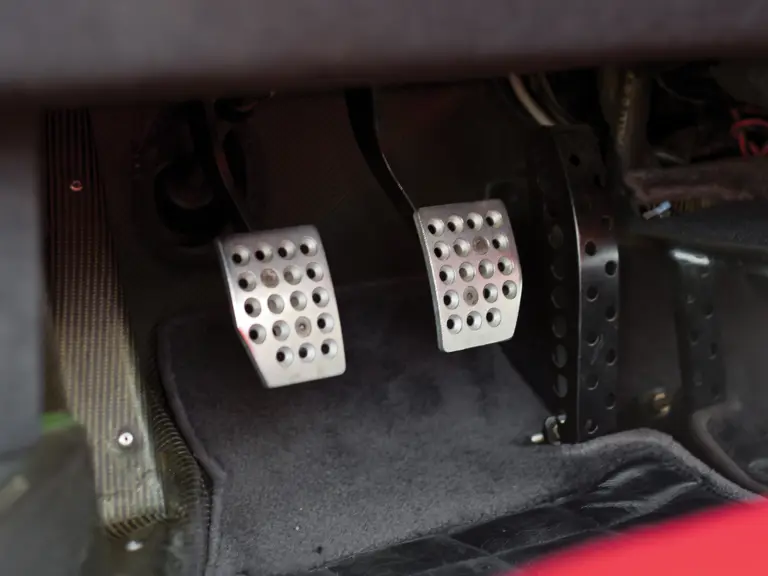
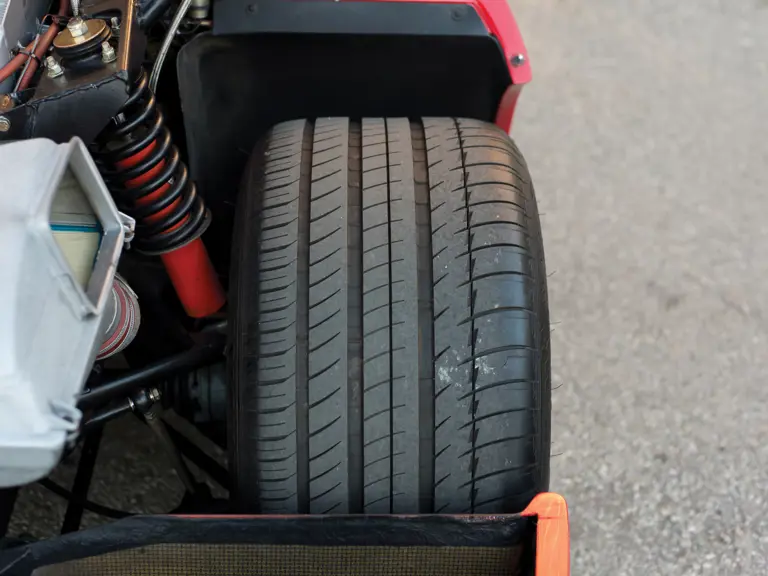
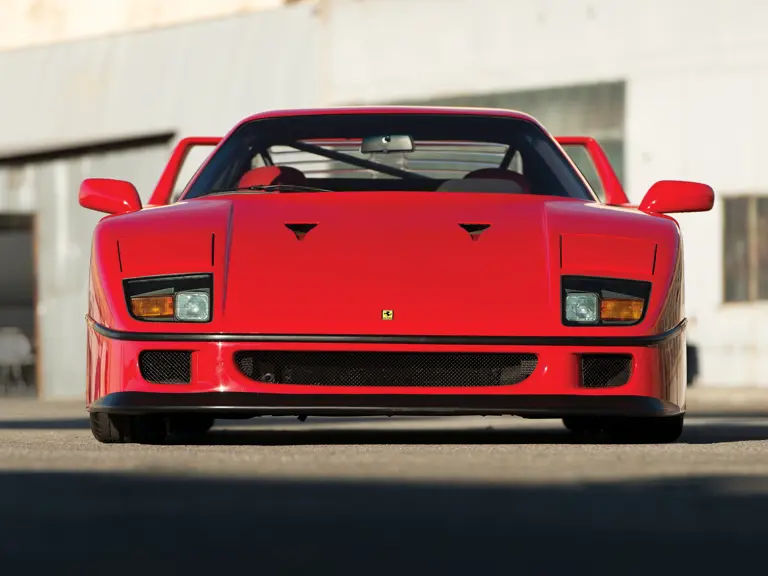
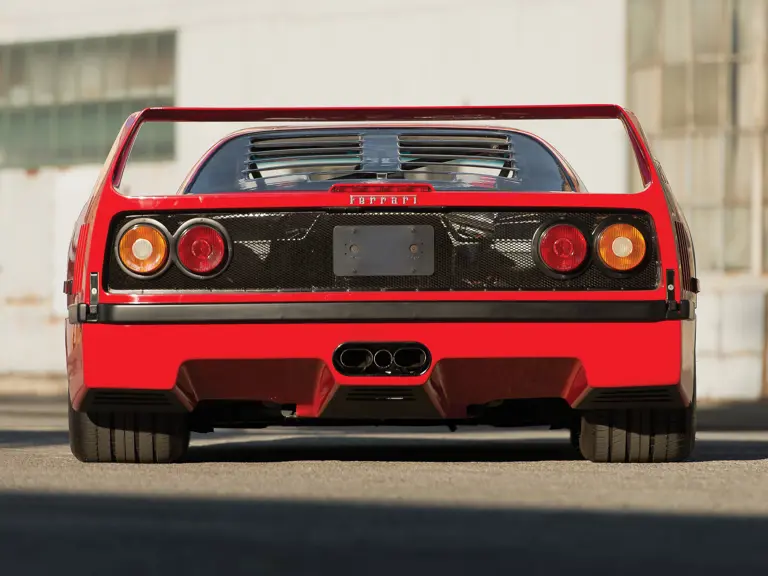
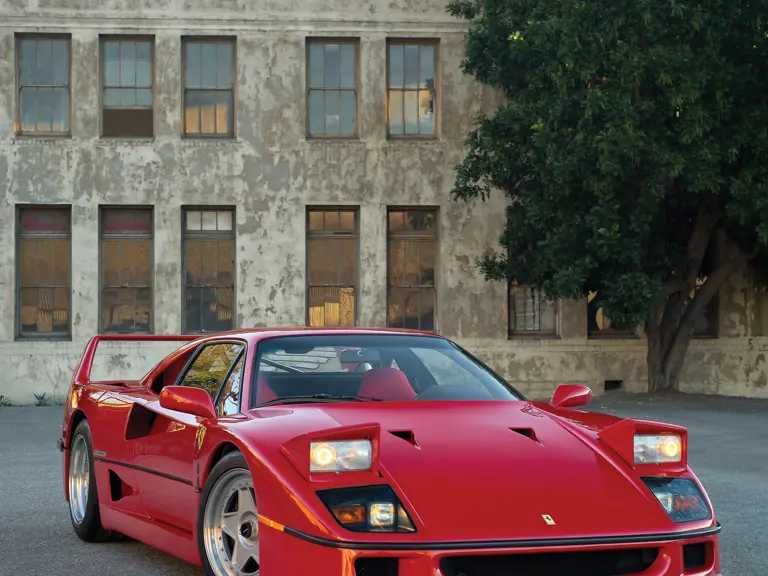
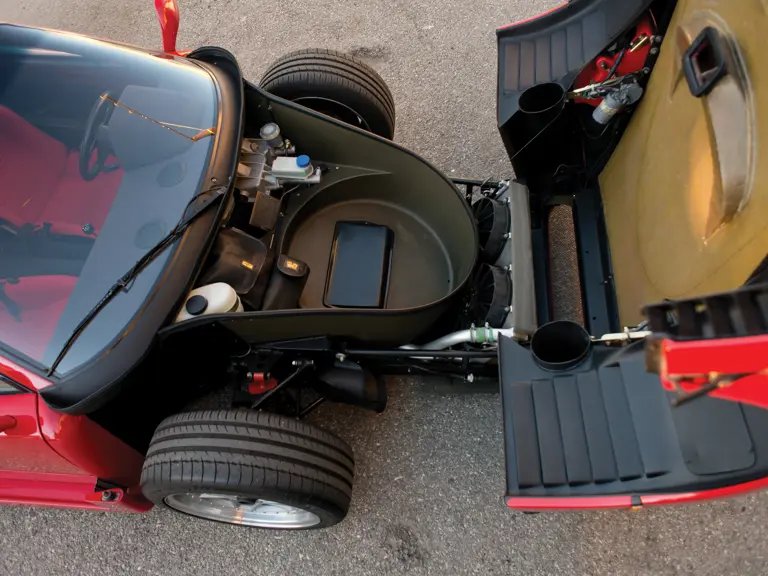
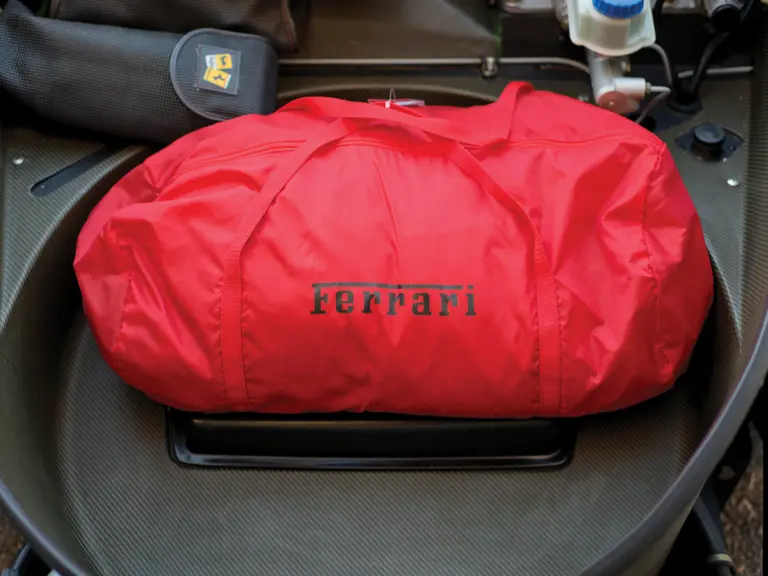
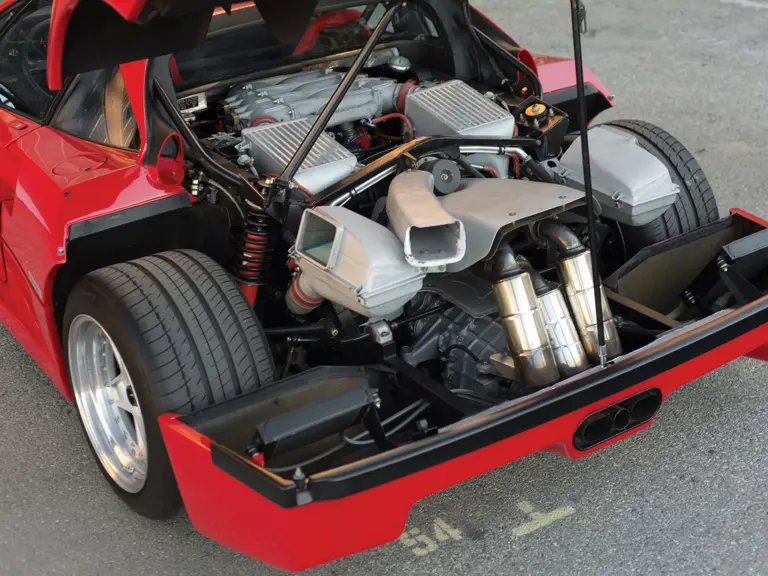

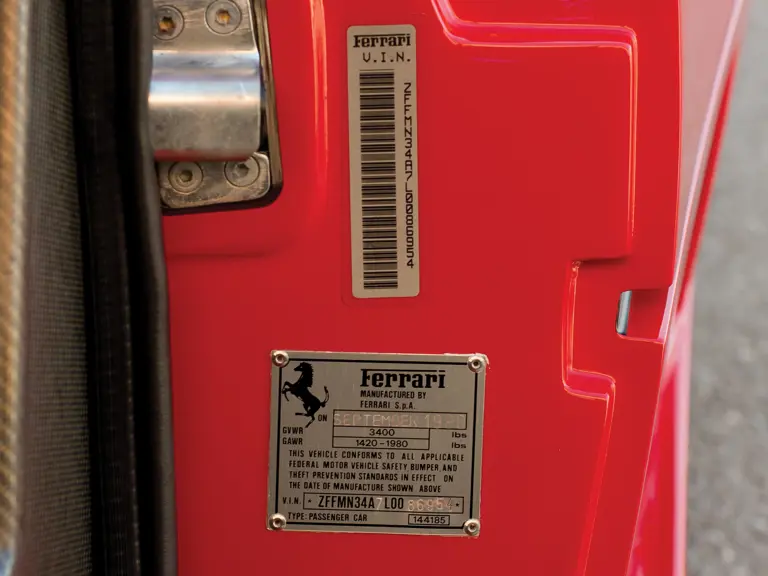
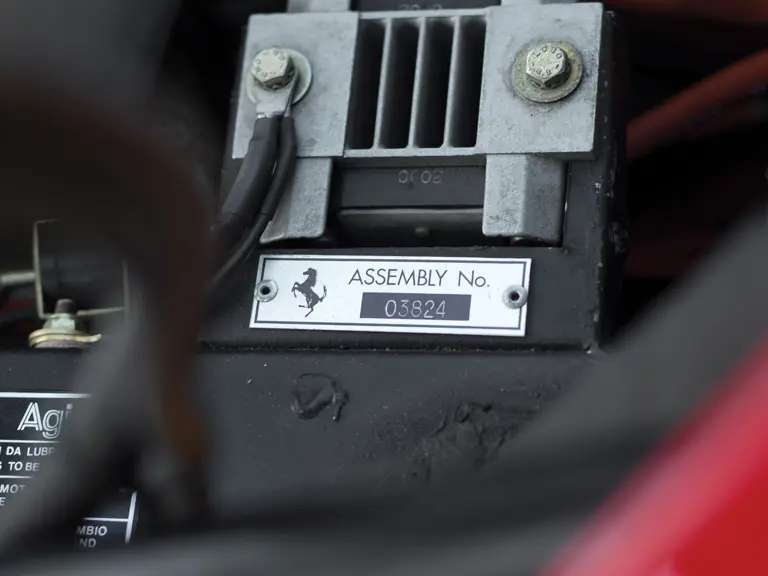
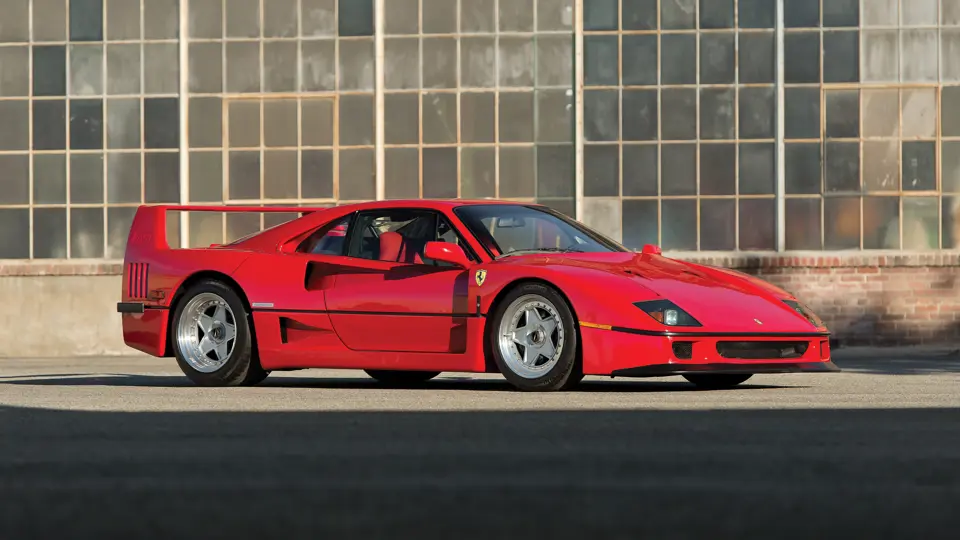
 | Phoenix, Arizona
| Phoenix, Arizona
